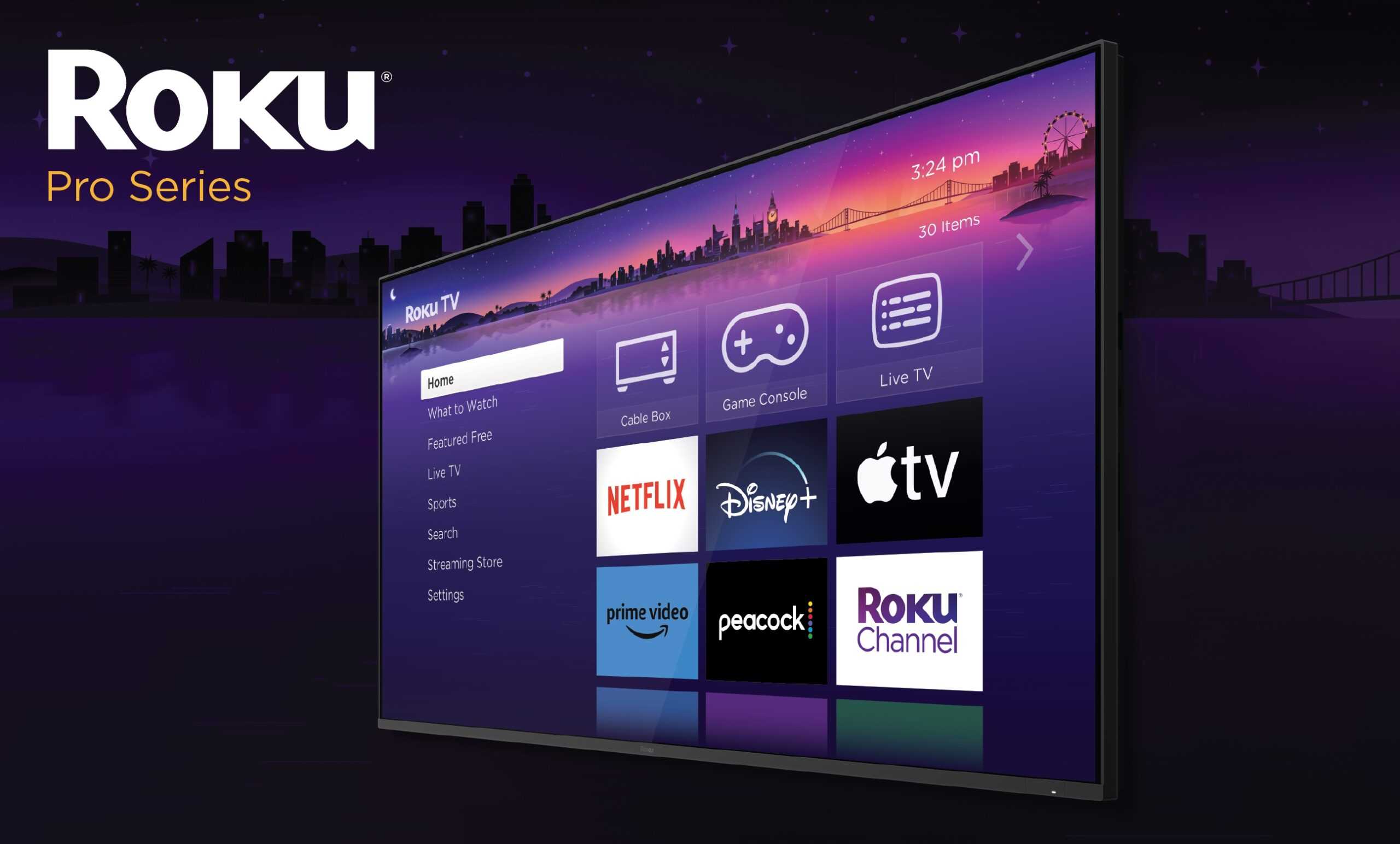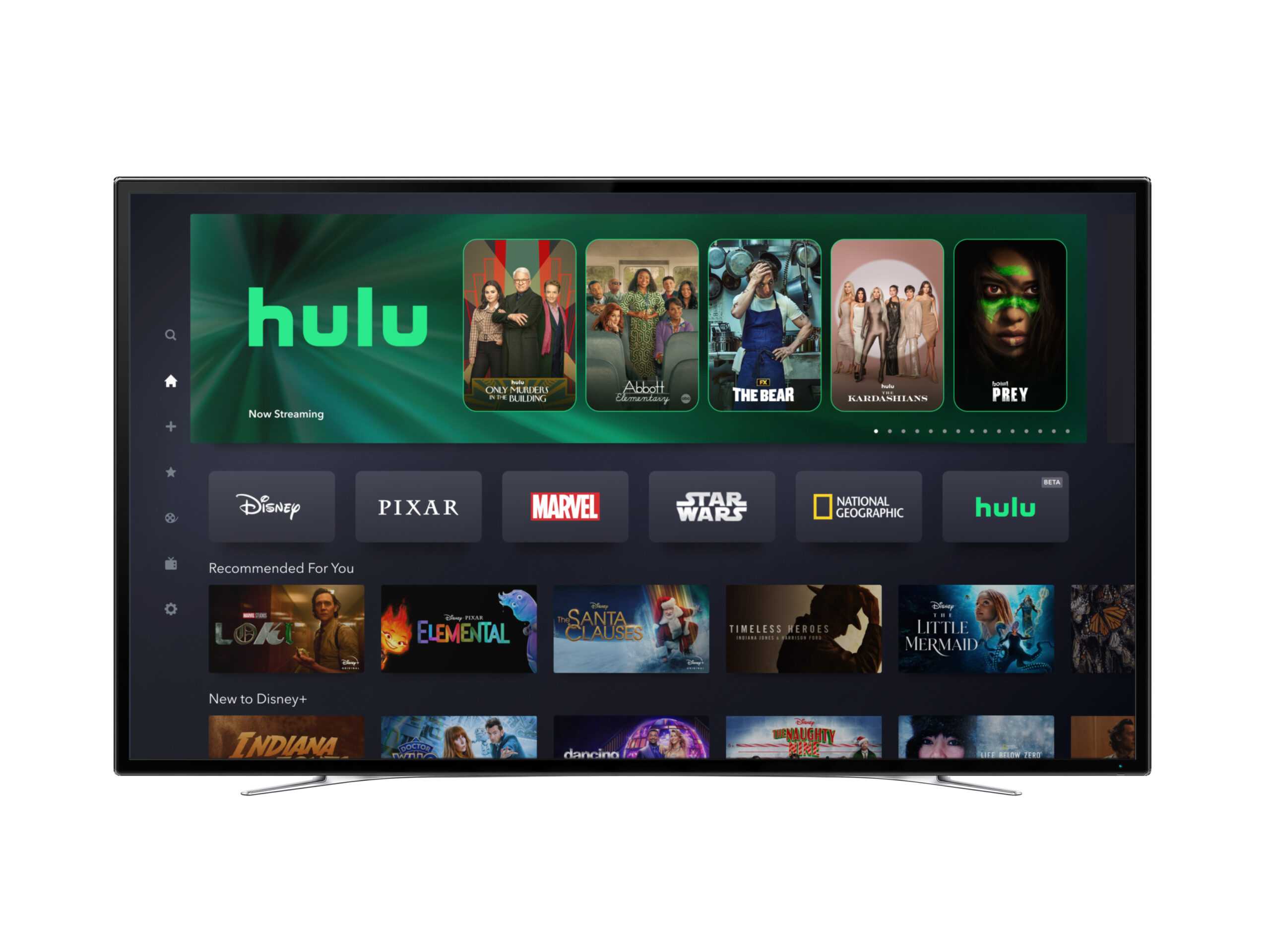Crunchyroll has announced that it will be ending its longstanding ad-supported tier. The news comes at a time when the video streaming industry has embraced ad-supported content. HBO Max launched an ad-based tier in 2021 and Disney+ just recently announced its own ad-supported plan. Why would Crunchyroll move in the opposite direction?
First, the anime specialist has sustained solid growth (and Interpret data corroborates this) while Disney has reported slowing growth for their paid tiers. An ad-supported tier is an excellent way to expand the user base, but if growth is not an issue it may be unnecessary. Shortly after Crunchyroll debuted in 2006, the market found itself facing a bursting “anime bubble.” Now, the anime audience is growing. While 2021 did not see the pandemic-influenced explosion in growth that 2020 saw, global anime viewership continues to grow and will naturally drive more subscribers to Crunchyroll. As viewership continues to rise, Crunchyroll’s profile will rise with it, mitigating the risk of it getting relegated to “niche status.”
Second, the death of Crunchyroll’s ad-supported tier has been greatly exaggerated. The policy change does not seem to restrict ad-supported access to the existing Crunchyroll library (which is enormous) but only simulcasts of new seasonal anime beginning Spring 2022. And even among these seasonal shows, select series will be available for ad-supported viewing up to the first three episodes for a limited time prior to requiring a subscription. In other words, more casual anime viewers who are not keeping up with the latest series are not likely to notice a big change. It will only be core fans – who want to watch anime as close to when it airs in Japan as possible – who may be faced with the need to upgrade their accounts. With numerous ongoing series and around 200 new anime premiering each year there are still thousands of ad-supported hours of content available.
Third, this move underscores Crunchyroll’s confidence. Its once greatest rival – Funimation – is now being folded into Crunchyroll, further bolstering its content library. While AMC, Netflix, and Disney have all made major moves into the anime space recently, the elimination of an ad-supported tier suggests that Crunchyroll is still quite confident in its competitive positioning, and is not worried about ceding viewers to these later-to-arrive, more generalist platforms.
Furthermore, Interpret’s Animeasure indicates that the average anime viewer subscribes to nearly 8 different entertainment services while the average non-viewer subscribes to only about 3.5. Similarly, Crunchyroll viewers subscribe to an average of 7 services. While this could raise concerns about subscription fatigue, the consolidation of Funimation and Crunchyroll into a single service should, in theory, open up room for another subscription. In other words, Crunchyroll likely expects to convert fans who previously paid for Funimation but watched Crunchyroll ad-supported into Crunchyroll subscribers. The consolidation of the two services also exponentially increases the value proposition for Crunchyroll without seeing an accompanying price hike.







